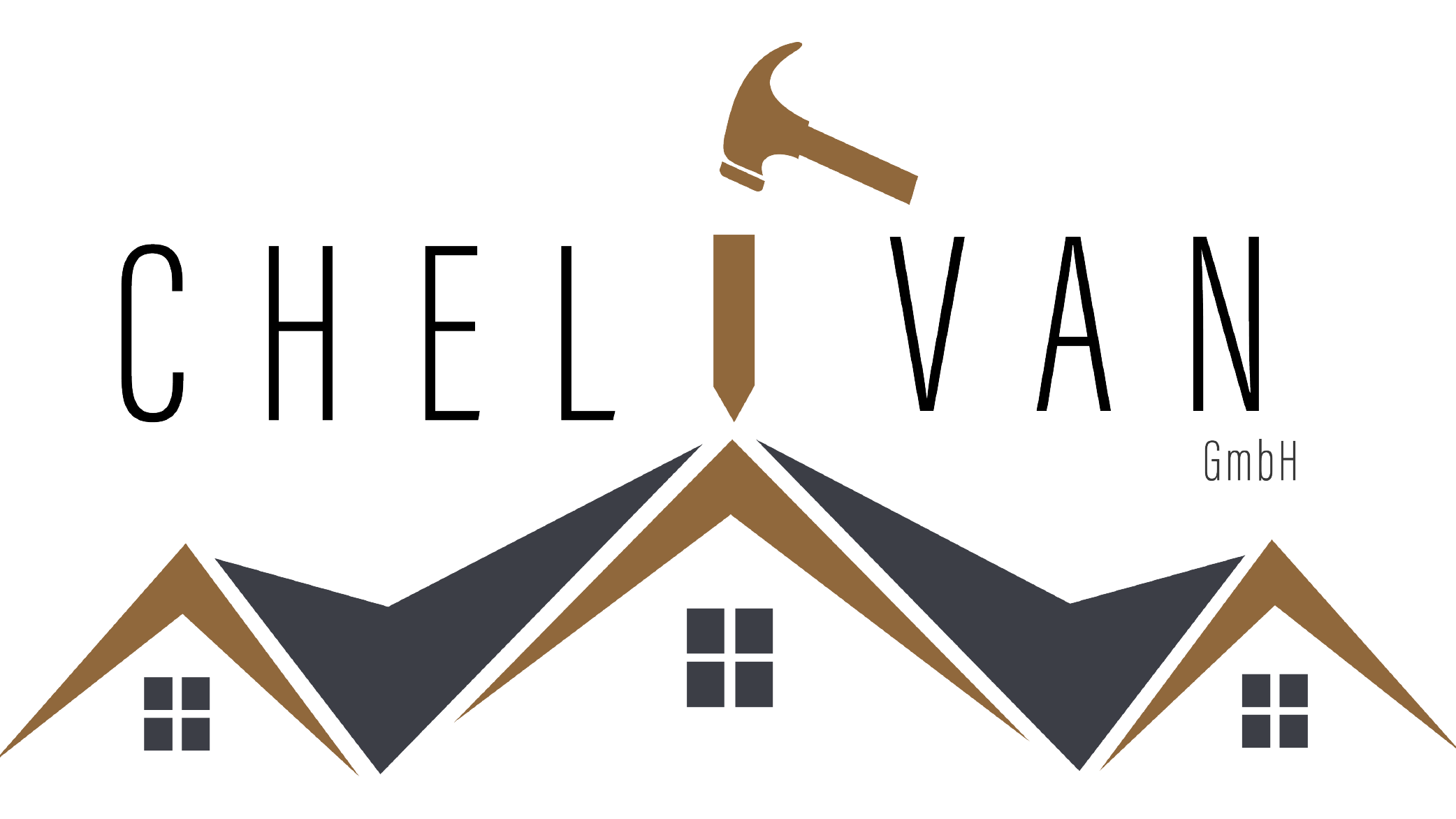Construction and Renew; or
Smart Plant & Digitalization Requirements
1. Enhanced IoT Sensor Network (Beyond Standard SCADA)
- The foundation of AI is data. Expand the standard sensor set to create a rich, granular data ecosystem.
Module-Level Monitoring: Use IoT-enabled optimizers or microinverters on every solar panel (or every few panels) instead of just string-level monitoring. This provides granular data on the performance of each panel, instantly identifying issues like shading, soiling, or defects.
Drone-Based Thermography: Schedule regular automated drone flights equipped with thermal and EL (Electroluminescence) imaging cameras. These IoT drones can automatically capture detailed images of the entire plant, identifying hot spots (indicating faulty cells, poor connections) and micro-cracks that are invisible to the naked eye.
Advanced Weather Station: Go beyond basic met stations. Integrate sensors for:
Dust & Soiling Measurement: Optical sensors that measure real-time dust accumulation on panels.
High-Resolution Irradiance Sensors: Pyranometers and DNI sensors placed in multiple zones for highly accurate, localized weather data.
Sky Cameras: To track cloud movement and predict short-term irradiance drops.
Equipment Health Sensors: Attach vibration, temperature, and acoustic sensors to critical balance-of-system (BOS) equipment like transformers and inverters to predict mechanical failures.
2. Artificial Intelligence (AI) and Data Analytics Platform
Use the data from the IoT sensors to power intelligent software solutions.
AI-Powered Predictive Maintenance:
Model: Train machine learning models on historical performance data, weather data, and maintenance logs.
Function: The AI predicts when a component (e.g., an inverter fan, a tracker motor) is likely to fail weeks in advance. It can automatically generate work orders for the O&M team, scheduling maintenance during low-production periods to minimize downtime and avoid costly emergency repairs.
Intelligent Performance Optimization (Digital Twin):
Model: Create a “Digital Twin” of the entire power plant—a virtual, constantly updating model that simulates the physical asset.
Function: The AI compares the real-time output (from IoT sensors) against the Digital Twin’s predicted output. When deviations occur, it pinpoints the exact cause (e.g., “String 4B in Zone 2 is underperforming by 15% due to soiling” or “Inverter 5 is operating at suboptimal voltage”). This moves diagnostics from reactive to proactive.
AI-Based Cleaning & O&M Scheduling:
Model: An AI algorithm analyzes soiling sensor data, weather forecasts (will it rain?), and energy price forecasts.
Function: It automatically recommends the most economically optimal time to clean the panels. For example: “Delay cleaning for 48 hours as rain is forecast, saving $5,000 in water and labor costs,” or “Clean immediately before the high-price afternoon peak to maximize revenue.”
Advanced Energy Forecasting & BESS Optimization:
Model: Use machine learning (e.g., LSTM neural networks) that analyze historical production, hyper-local weather forecasts from your sensors, and cloud movement from sky cameras.
Function:
For the Plant: Provide highly accurate day-ahead and hour-ahead generation forecasts to the grid operator (Kenya Power), improving grid stability and potentially securing better energy rates.
For the BESS (Crucial for Phase II): The AI becomes the brain of the battery system. It decides the optimal time to charge (e.g., when solar generation is high/cheap) and discharge (e.g., during evening peak demand when energy prices are high) to maximize revenue through energy arbitrage and ancillary services.
3. Implementation & Integration Suggestions
Cybersecurity First: A larger IoT network increases the attack surface. Implement a robust cybersecurity framework (e.g., based on ISO/IEC 27001) with encrypted communications, secure device authentication, and regular vulnerability assessments.
Cloud-Based Platform: Host the AI and data analytics on a scalable cloud platform (e.g., AWS, Azure, Google Cloud) to handle the massive data influx and complex computations efficiently.
Integrated Dashboard: Develop a single, unified dashboard for operators that merges traditional SCADA alerts with AI-driven insights and recommendations. The interface should be intuitive, showing not just what is broken, but what is likely to break and what the optimal action is.
Phased Rollout: Start with a pilot project on a single inverter or a specific zone of the plant in Phase I. Refine the models and prove the ROI before scaling to the entire 40MW and eventually the full 100MW in Phase II.
